Is Barefoot Wine Good?
Barefoot wine has the attention of wine lovers worldwide, all due to the excellent flavor they pack into their wines for a meager price compared to other brands.
Their wines may bring a charm to the table, but are their products really that good?
In my opinion, Barefoot wines provide great taste across all their products while being in the lower price range. However, compared to other low-priced wines, Barefoot wines boast multiple awards and continue to be a hot brand.
Let’s find out why!
Before we look at the quality and goodness of their products, let’s quickly dive into what the company is about.
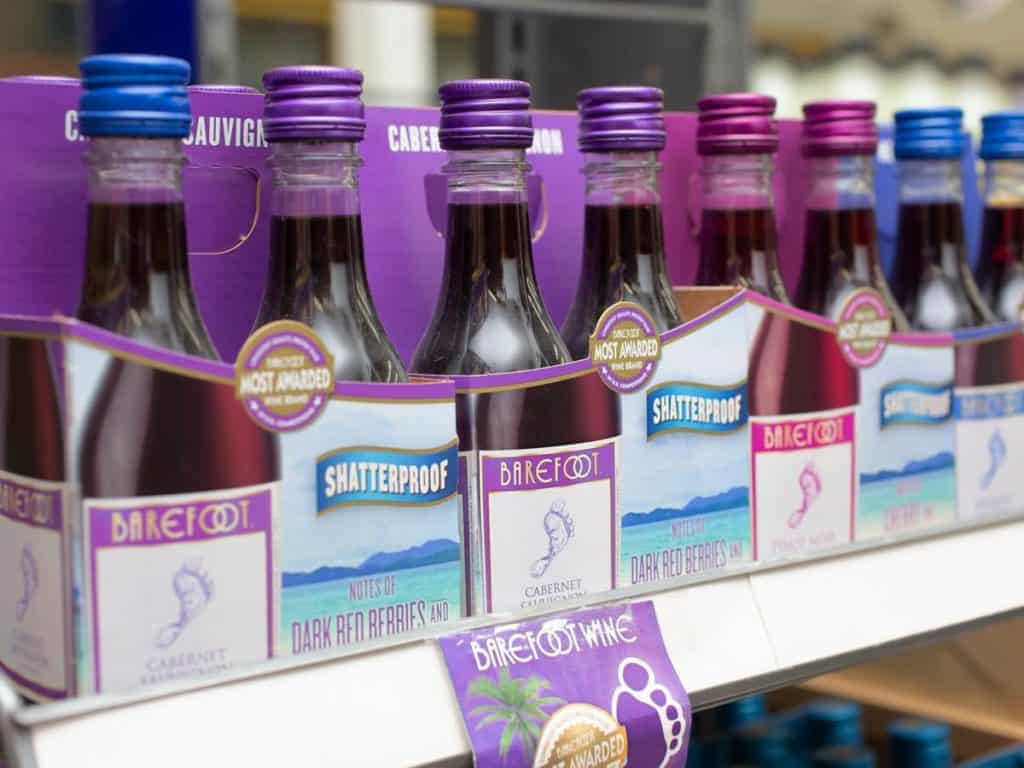
A Small Change, A Rich History
Barefoot Wines has become an industry giant and is slowly expanding its influence worldwide. Currently, they are amongst the top wine sellers in the United States and the United Kingdom.
Their journey began in 1965, with David Bynum creating the Bynum Burgundy using his free-spirited method of crushing grapes with his bare feet. Years later, in 1986, Barefoot Cellars was set into motion to go on to become famous winemakers with the iconic footprint as their branding.
Most Awarded Wine In The World
They dub themselves the Most Awarded Wines globally, which is indeed a rightful claim. Barefoot wines have won several accolades and formal awards in the international winemaking circuit.
And by several, we mean over 2,500!
Since Barefoot Wines joined hands with the E & J Gallo winery (2005), their reputation and sales have skyrocketed.
According to Impact Magazine, a reputed trade publication, Barefoot had remained the ‘Hot Brand’ for ten consecutive years.
Like the Barefoot Bubbly and the Tropical Fusion Sparkling Wine, its products have also won many formal accolades.
Do People Love Barefoot?
I always have at least one Barefoot wine in my fridge both for cooking and drinking. And since I love saving I usually buy 1.5L bottles.
Let’s face it, a bottle of your favorite wine packed with the right flavors for just around $8-$10 apiece can’t be kept from succeeding in the market. That, exactly, is the case with Barefoot.
People in the U.S.A. and the U.K. have found these economic wines to be a prerequisite to any dinner party. So it is fair to say that Barefoot has become a common indulgence for all.
The Numbers
If we talk statistics, then in 2021, Barefoot Wines made $664.14 million in sales, and that’s in the U.S.A. alone! The number becomes even more impressive when one considers the fact that most of their products are priced well below $15. The sales volume is massive, which explains the popularity the E & J Gallo Winery-owned company has garnered.
Why Is Barefoot Wine So Cheap?
Wine drinkers know that wines can be an expensive indulgence. The bigger the brand, the deeper the hole in your pockets. So, why does Barefoot keep their price tags at a leash?
They started their journey by offering a humble four wines but have now grown to sell 30 kinds in the United States. They have aimed to make wines that ‘taste better in a tee than in a tux’ throughout their journey.
The company set out to make their ecosystem all-inclusive and thus have consistently produced wines that can be afforded and have been loved by wine aficionados across the world – regardless of background.
The friendly price tag has also been one of the most critical factors in their exponential growth. However, Barefoot seems to have elevated their quality with every dime they’ve dropped off their labels.
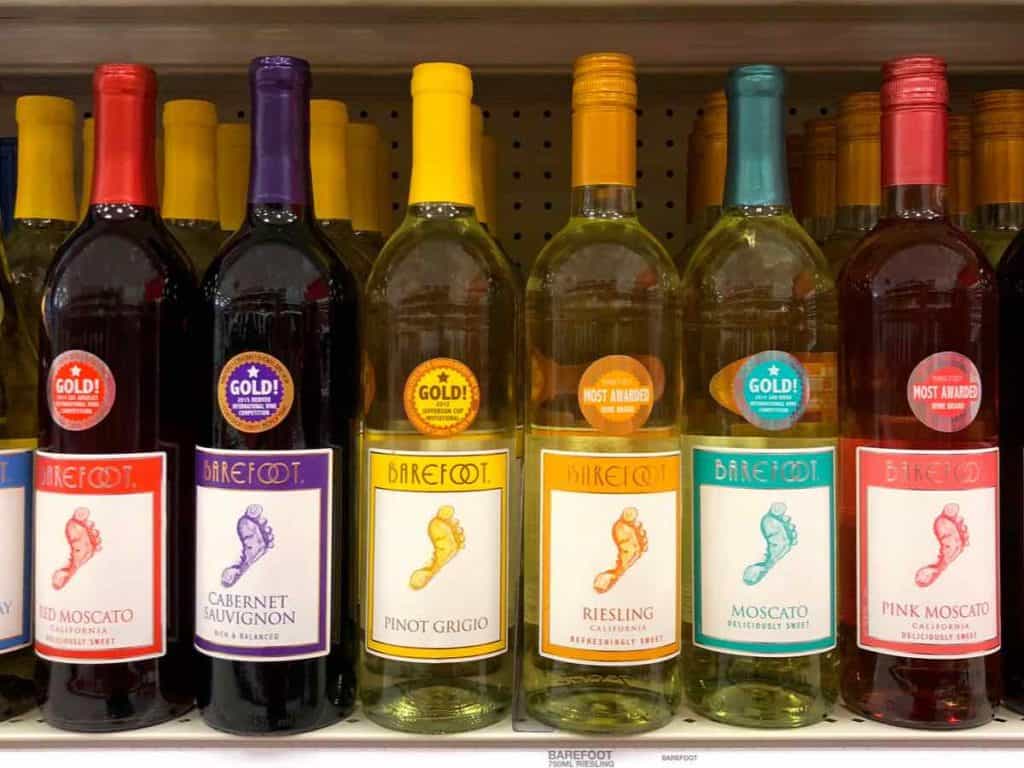
The Taste Test
An attractive label with a friendly price on it isn’t perhaps the only reason behind the ever-growing popularity of Barefoot. The signature fruitiness of the footprint-branded bottles has found many fans amongst ardent wine drinkers.
Blush Wines
Blushes are what constitute a chunk of the sales Barefoot makes, thanks to their ability to hit all the sweet spots on your palate. The sweetness accompanies a rich floral and fruity taste that makes the tipple one remember.
Their blush range also includes softer drinks, like the White Zinfandel, which is a sweeter take on the usual pink wines. Other sweet blushes like the Pink Moscato, an experimental version of the Italian Moscato, also ably serve as an aperitif.
Red Wines
Barefoot may be the master of the sweeter wines but does not fall behind in terms of the drier Red wines either.
Reds like the Shiraz Cabernet and the Cabernet Sauvignon come with smooth, velvety mouthfeels and aromas that’ll make your mouth water before you take the first sip. The rich spell of the jammy blackberries makes the drink all the more rejuvenating.
Not to mention that all the reds in Barefoot’s range serve as excellent accompaniments for BBQ and most kinds of meat.
White Wine
The drier counterparts presented by Barefoot are also fantastic tipples, full-bodied and with subtle summery tones that all wine connoisseurs have loved.
So save a bottle for an indoor party, or pack one for the day out in the sun; the white wines in this range are sure to make your day brighter.
Spritzers
Canned wine may still sound unconventional to some, but Barefoot brings wines to that paradigm to the point. Of course, such wines have existed for quite a while now, but Barefoot gets a fat share of the credit when it comes to popularizing them in The States.
The spritzers come in various flavorings, like the crisp white with the pronounced apple notes and the rose with its peachiness. This range includes both wines and seltzers.
Spritzers may not taste like the usually bottled grape we love but carry with themselves a rejuvenating feel that many exquisite wines fail to provide.
Barefoot seems to pack a powerful punch for the buck in terms of taste. Their flavoring may not compare to a traditional tipple but sets its own unique identity.
Is Barefoot Wine Looked Down On?
Everything is subject to criticism, and Barefoot Wines aren’t an exception.
Many critics and connoisseurs have detailed comparisons between the cheaper Barefoot products and other more sophisticated products. And the consequent claims are that other, established products tend to comply with the pre-existing standards for wines better.
Barefoot Wines has indeed created a niche in the industry, with their refreshing takes on the heavily standardized wines. But, it has failed to impress some of the seasoned connoisseurs in that process.
Sweeter and Smoother
The major complaint has been that Barefoot’s approach to some of the most popular wines has been ‘sweeter’ and ‘more fruity’ than expected.
Other wine critics also claimed that some of Barefoot’s products like the Chardonnay and Moscato have departed from being a wine and have smoother tastes as if they were juices.
While the average wine drinker will find a taste for themselves in the Barefoot range, critics have begged to differ.
Is It Vegan?
This is an essential consideration for all vegans before delving into any product. Barefoot Wines, however, have confirmed that they use animal-based products like milk, gelatin, and eggs in the winemaking process, which makes them utterly off-limits for vegans.
In winemaking, these animal products are used for the process of fining. Fining refers to the process of clarifying wine and ridding it of unrequired components such as phenolic compounds, excess tannins, and other unstable elements that can potentially alter the quality of the wines.
Fining is an optional process but can save the winemaker and the consumer a fair amount of money and time. Most wines can achieve the right quality by themselves over a period of time but would then require a lot of care and infrastructure.
Is Barefoot Gluten-Free?
One of the most widespread trends in health in recent times has been the avoidance of gluten, for various purposes, including a healthier lifestyle and mood elevation. However, it might even be a necessity for some due to gluten intolerance caused by autoimmune diseases or celiac disease.
In any case, you can have a wonderful time with a Barefoot product without placing any risk on your health since all Barefoot wines and spritzers are gluten-free.
Gluten is another filtering agent put into the wine to assist in the fining process. The gluten binds with any unneeded particles and debris when put into the wine.
The fining agent can then be filtered out to make the wine clearer.
If gluten is used for fining the wine, considerable amounts of its residue can be left behind. However, Barefoot has confirmed that according to the Food and Drug Administration regulations of the U.S.A., the gluten content in their products is less than the prescribed limit of 20 ppm (parts per million).
What Makes The Barefoot Brand So Popular?
Barefoot’s success cannot be attributed to its exceptional product range or cheap pricing. Instead, a lot of the credit goes to their marketing team and organizational goals.
They have donated their products and their time towards the betterment of people through various non-profit organizations. In addition, with the ‘worthy-cause marketing’ strategy, Barefoot has provided financial and physical support to several noble causes, including the cleaning of beaches and rivers.
Barefoot has also expressed continuous, unconditional support towards the LGBTQ+ community for 30 years now and plans to be an active contributor to the LGBTQ rights movement in the future as well.
The quirky and fun-loving vibe that people get from Barefoot and its products is the result of tireless and efficient PR work by their team.
The Final Verdict
Barefoot may be a fledgling company in terms of experience, compared to the other veterans of the business, but it has created an irreplaceable niche for itself in the industry.
Their products aren’t just the standard run-of-the-mill tipples but bring with themselves refreshing and innovative takes on pre-existing criteria of merit. In addition, barefoot brings to the table a more likable and enjoyable version of wines that appeals to the general public.
Seasoned experts have had their share of criticisms, accusing Barefoot of creating products that are less ‘wine’ and more ‘juicy’ in nature. But, while its products are still a big no for vegans and gluten-intolerants, Barefoot has an apparent monopoly over the United States’ wine distribution.

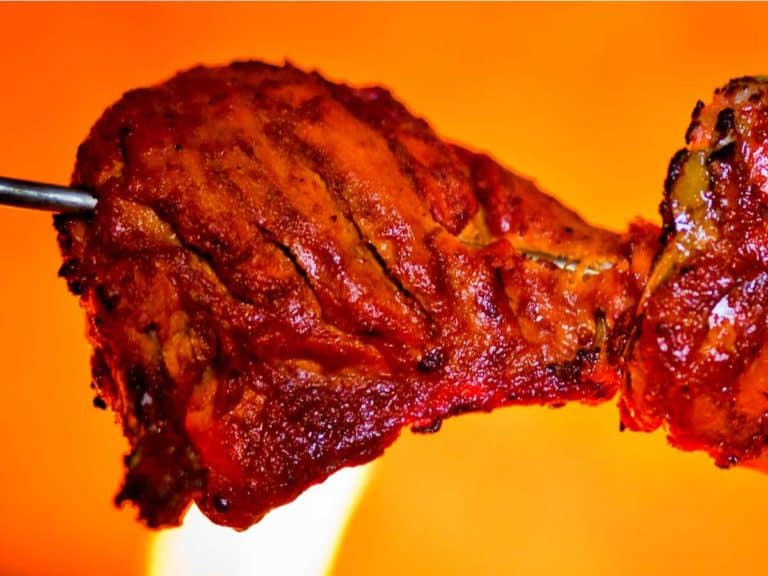
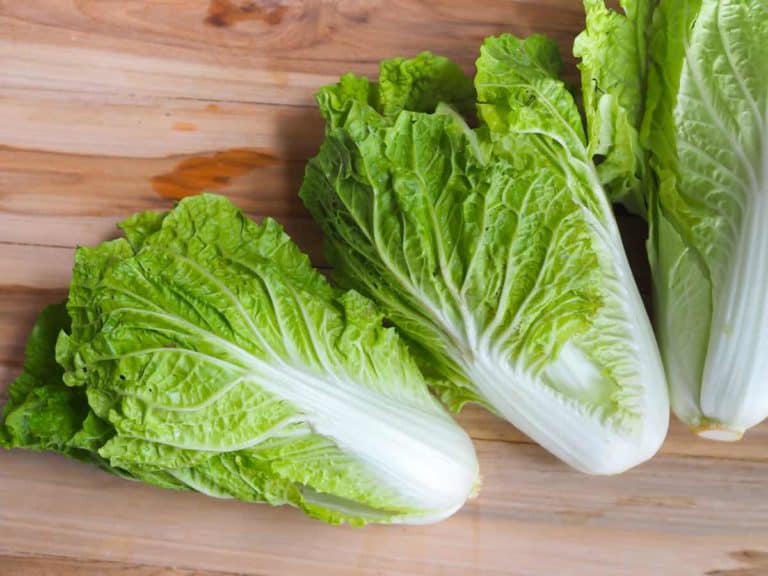
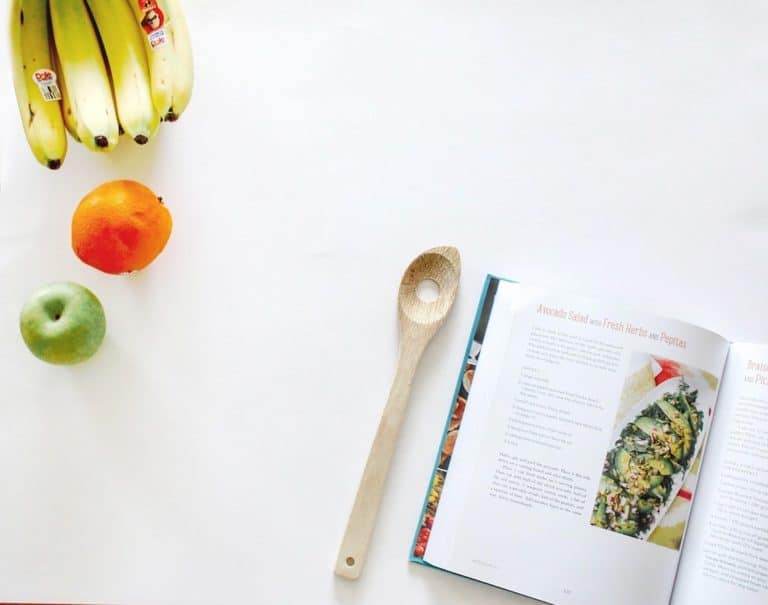

![How to Broil Without a Broiler [Creative Methods]](https://foodwine.com/wp-content/uploads/2021/12/broil-chicken-j1216-768x576.jpg)